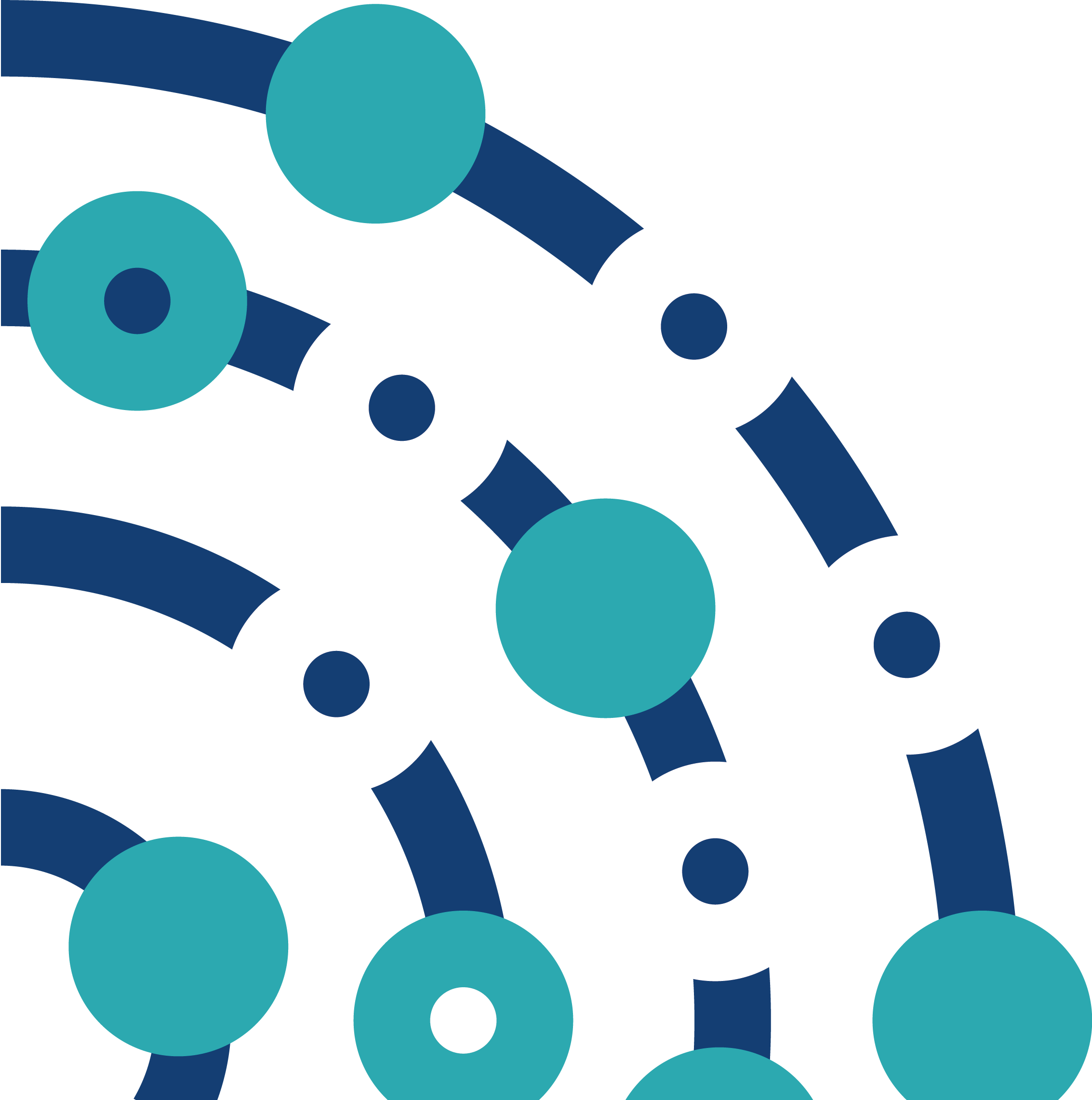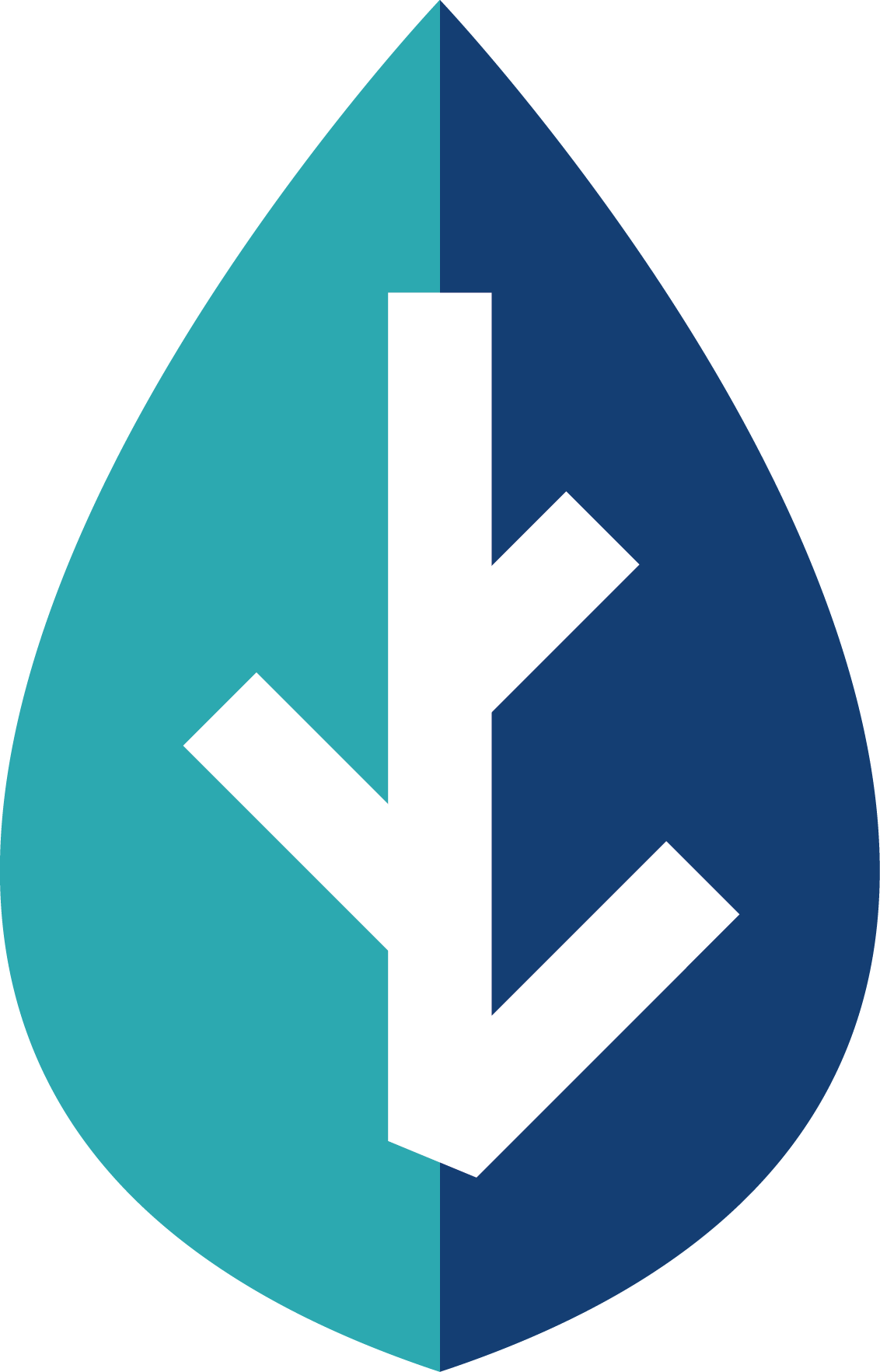Summary of Feedback
Across 10 outcome letters - RDS database from 1 June 2022
Common themes
- Clinical need and innovation
- Committees acknowledged unmet needs and the innovative potential of several projects. However, more robust cases for the clinical and economic impact were often requested, along with better descriptions of competing technologies and existing standards of care.
- Projects involving personalised solutions (e.g., nutrition, mental health apps) lacked sufficient proof of concept, with innovation levels sometimes seen as incremental rather than transformative.
- Commercialisation and economic justification
- Many projects needed clearer commercialisation strategies, including Intellectual Property (IP) management, market pathways, and competitive analyses.
- Economic evaluations were often incomplete, with insufficient justification for cost-effectiveness or details on value for money.
- Proof of concept and data gaps
- Several proposals were flagged for lacking robust proof of concept or sufficient preliminary data to justify the proposed work. Committees sought more information on study designs, evidence plans, and validation processes.
- Risk management and feasibility
- Risk mitigation strategies were frequently underdeveloped, particularly in relation to regulatory compliance, post-market surveillance, and technical feasibility.
- Public and patient involvement (PPIE)
- PPIE was generally well-received but could often be expanded. Suggestions included:
- Greater inclusion of lived-experience representatives in design, management, and decision-making.
- Ensuring under-represented groups are engaged and supported, especially for remote participation.
- Team expertise and workload
- Recommendations included strengthening project teams with specific expertise (e.g., clinical, regulatory, data management). Concerns were raised about disproportionate time commitments or insufficient team capacity for large, complex projects.
Key takeaways for future applications
- Strengthen proof-of-concept data and economic justifications early on.
- Clearly outline commercialisation plans, competitive analyses, and risk mitigation strategies.
- Expand and integrate meaningful PPIE, ensuring inclusivity and representation.
- Enhance project teams with domain-specific expertise and ensure realistic workload distributions.
- Provide plain English summaries with clear definitions of technical terms for accessibility.
Application specific highlights
1: Personalised intervention lacked a clear health economic case, and proof-of-concept data were insufficient. Risk mitigation strategies and competing technologies were not addressed.
2: Commended for ERP trial data and PPIE efforts. Concerns about commercialisation pathways and market positioning were raised.
3: Personalised treatment app was seen as incremental, with limited evaluation data and insufficient justification for cost-effectiveness.
4: Innovative software lacked proof of concept and economic benefit details. Concerns about duplicating existing solutions and needing a better commercialisation plan.
5: Mental health solution was commended for addressing waiting lists but needed stronger economic justification, competitive analysis, and better integration of PPIE feedback.
6: Antibiotic susceptibility solution was praised for innovation but needed broader use cases, a stronger commercial strategy, and mentorship for the lead applicant.
7: Commended for addressing unmet needs and integrating feedback. Suggestions included clarifying study designs and involving multiple lived-experience representatives.
8: Supported for detailed planning but flagged for needing stronger NHS compliance expertise and justification for clinical evaluation duration.
9: Technology needed more proof-of-concept data, competitor analysis, and regulatory planning. PPIE inclusivity and under-represented group engagement were highlighted.
10(connect): Welcomed for innovation and response to prior feedback. Stage 2 recommendations included IP arrangements, clinical expertise, and competitive analysis.

 RfPB
RfPB
 Fellowships
Fellowships
 HTA
HTA
 PGfAR
PGfAR
 i4i
i4i
 EME
EME
 HSDR
HSDR
 PHR
PHR
 PRP
PRP
 RPSC
RPSC